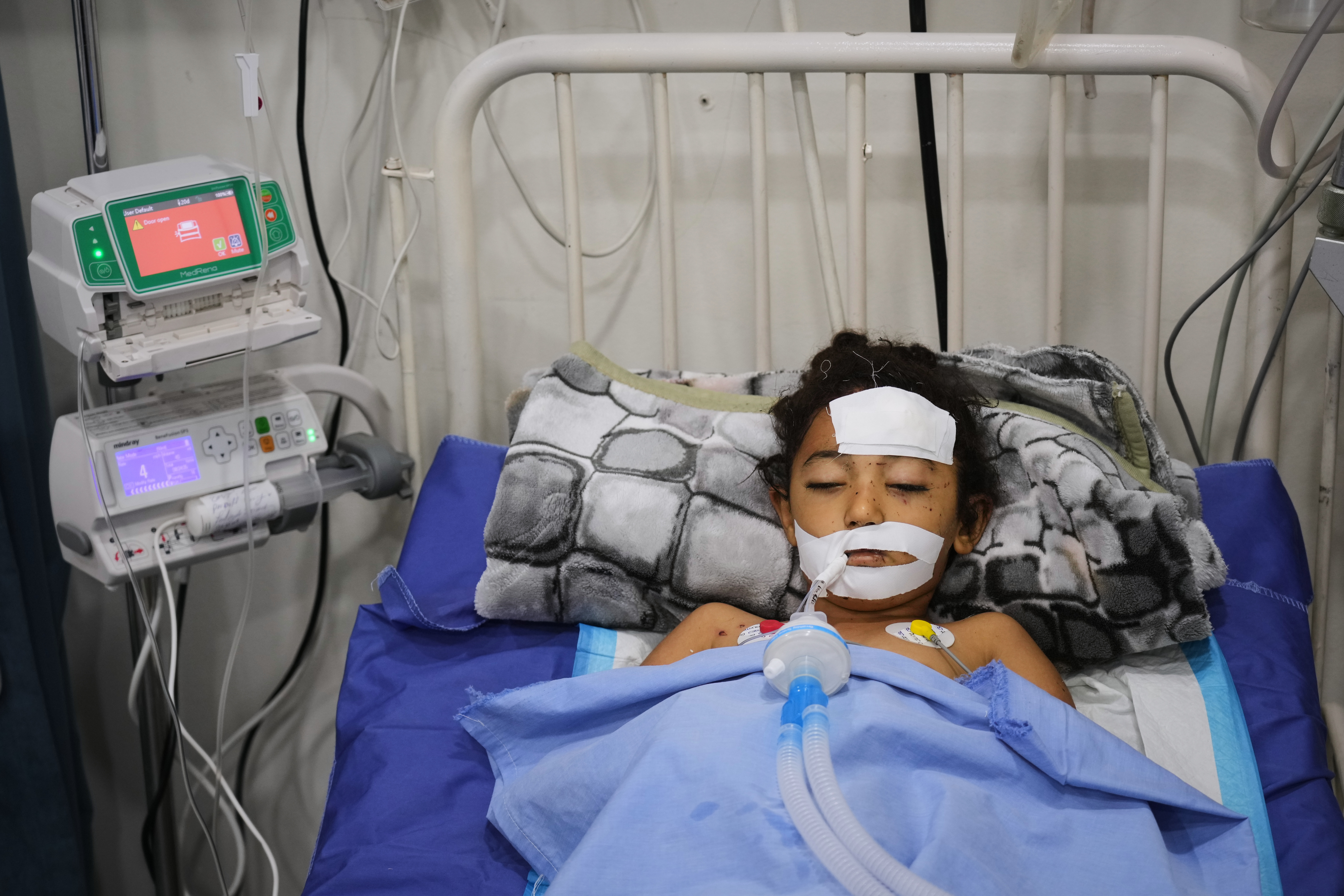What's Happening?
A comprehensive study has been conducted on urban infrastructure resilience in the flood-prone Pearl River Delta region. Utilizing the PSR model, the study evaluates the resilience of urban infrastructure by considering pressure, state, and response indicators.
The entropy weight method was applied to determine the weights of these indicators objectively, avoiding subjective biases. The study employs catastrophe theory to assess the resilience of urban infrastructure, revealing how minor environmental changes can lead to significant shifts in system resilience. The research highlights the importance of scientific research and technological innovation in enhancing urban infrastructure resilience, particularly in cities like Shenzhen, which is a major financial and innovation hub.
Why It's Important?
The study's findings are crucial for urban planning and disaster management, especially in regions susceptible to natural disasters like floods. By understanding the resilience of urban infrastructure, policymakers can better prepare for and mitigate the impacts of such disasters. The use of objective methods like the entropy weight method ensures that resilience assessments are scientifically rigorous, providing reliable data for decision-making. The emphasis on scientific research and innovation underscores the need for continuous investment in technology to improve infrastructure resilience, which is vital for maintaining urban operations during and after disasters.
What's Next?
The study suggests further exploration of spatial correlations in urban infrastructure resilience using tools like GeoDa software. This could lead to more refined strategies for disaster preparedness and recovery, tailored to specific urban environments. Additionally, the application of catastrophe theory in resilience assessments may be expanded to other disaster scenarios, providing a comprehensive framework for evaluating infrastructure resilience across different contexts. Policymakers and urban planners may use these insights to develop targeted interventions that enhance resilience and reduce vulnerability to future disasters.
Beyond the Headlines
The study highlights the ethical and practical implications of resilience planning, emphasizing the need for equitable access to resources and support during disasters. It also points to the potential for long-term shifts in urban planning priorities, with increased focus on sustainability and resilience. The integration of scientific research into infrastructure development could lead to innovative solutions that not only address immediate challenges but also contribute to broader societal goals, such as reducing environmental impact and promoting sustainable urban growth.
















